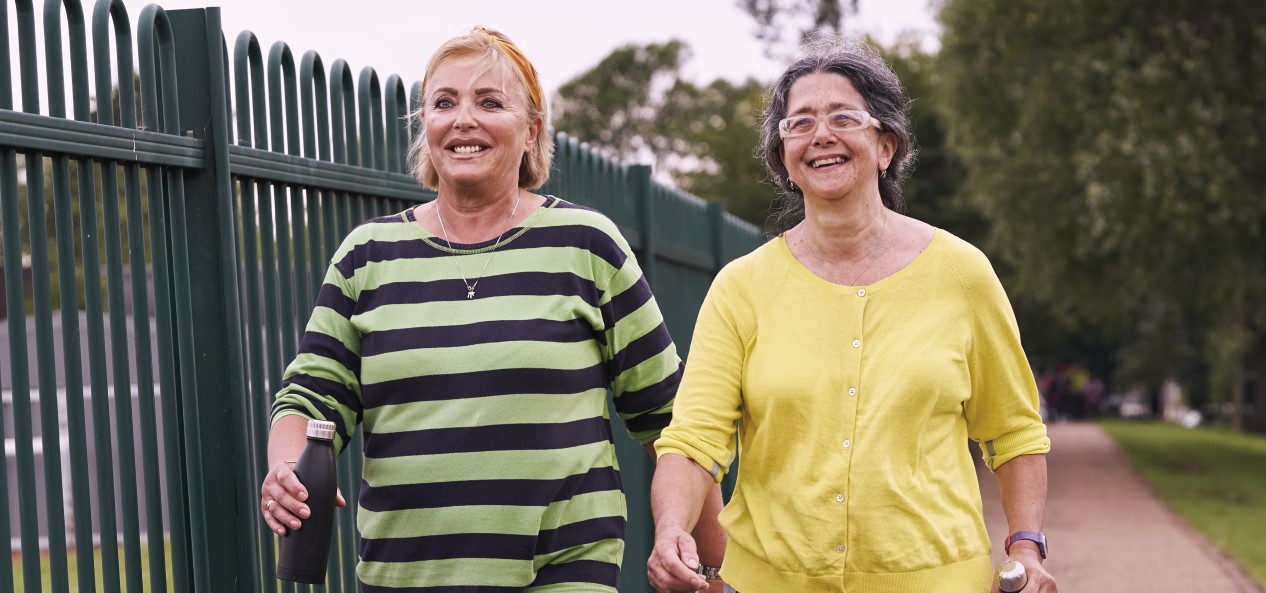It’s been just over a month since the 10 Year Health Plan was published – a key milestone in the government’s commitment to create an NHS fit for the future.
It’s taken me time to navigate the headline ambitions, shifts in language, structural implications and, critically, what this all means for physical activity. There are 160 pages to get through, after all…
There’s lots to unpick and this post from the Medical Consulting Group includes a visual that usefully summarises the key points.
For patients, it’s a positive and empowering tone, underpinned by a digital revolution and receiving care closer to home.
With Neighbourhood Health a cornerstone of the Plan and elected mayors playing a greater role in prevention, combined with Local Government Reorganisation and Devolution, this all presents big opportunities to align with Sport England’s investment into communities that need it most.


